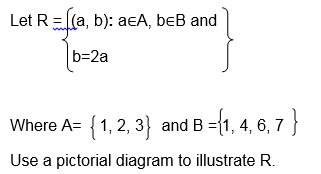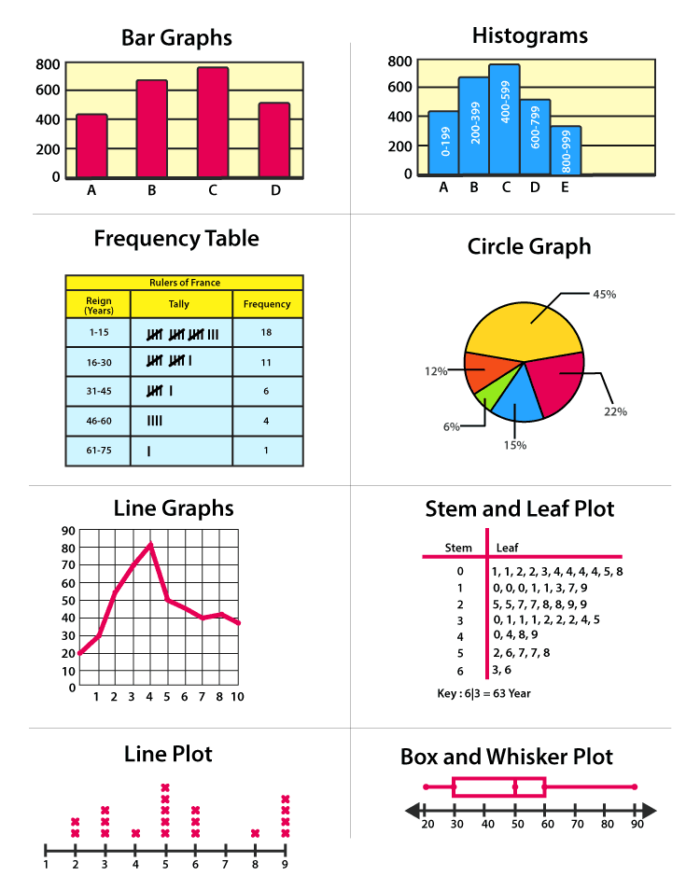
Then translate the problem to the bar model,įinally, present the problems in their abstract form,īefore students move on to fractions that are more than 1, it is important to make sure they can express mixed numbers in improper fractions and vice versa, as well as understand concept of the same whole. Start with the circle as it is most similar to the fraction wheel, Pictorial: Transfer the problem to pictorial form. Using the fraction wheel to learn fractions For example,Ĭoncrete: Start with the fraction wheel as a concrete manipulative, let the students work with simple examples such as 1/2 + 1/4, 3/4 + 1/8 etc.

Teachers and parents can also follow the Concrete->Pictorial->Abstract (CPA) progression when teaching this module. the parts must be of equal size before they can be added or subtracted. Very often, the students will also be able to deduce the basic rule of fraction adding and subtraction, i.e. Without telling them any rules, ask the students what 1/2 + 1/4 is and most of them will be able to tell that it is 3/4, because they can see it in their mind. Addition with sum less than 1Īs usual, we stress understanding before procedure. The topic of related fraction addition and subtraction can be broadly divided into cases when the result is less than 1 and when the result is more than 1. Without a firm grasp of fraction equivalence, introducing adding and subtracting fractions will only add to the students’ confusion.

1/2 + 1/4, and is a pre-cursor to adding and subtracting unlike unrelated fractions, e.g 1/2 + 1/3.īefore beginning this topic, it is important to make sure students have a good understanding of equivalent fractions. “Related fractions” refers to fractions that have different denominators that are multiples of each other, e.g. After students mastered adding and subtraction like fractions, the next step is to extend their understanding to related fractions. Last week, we talked about introducing the topic of addition and subtraction of fractions using like fractions.


 0 kommentar(er)
0 kommentar(er)
